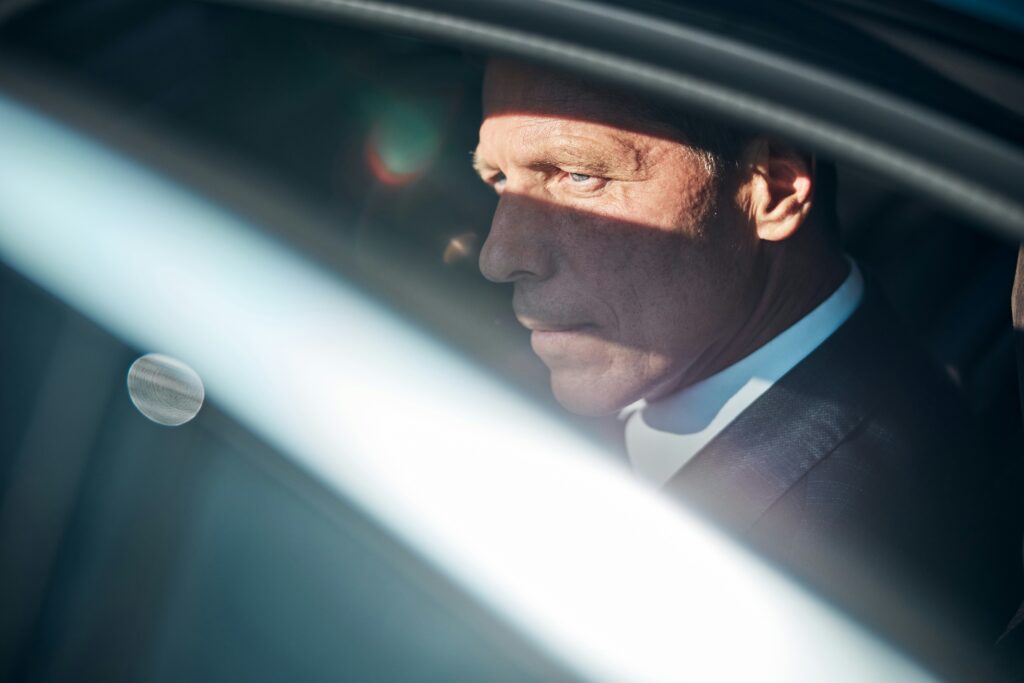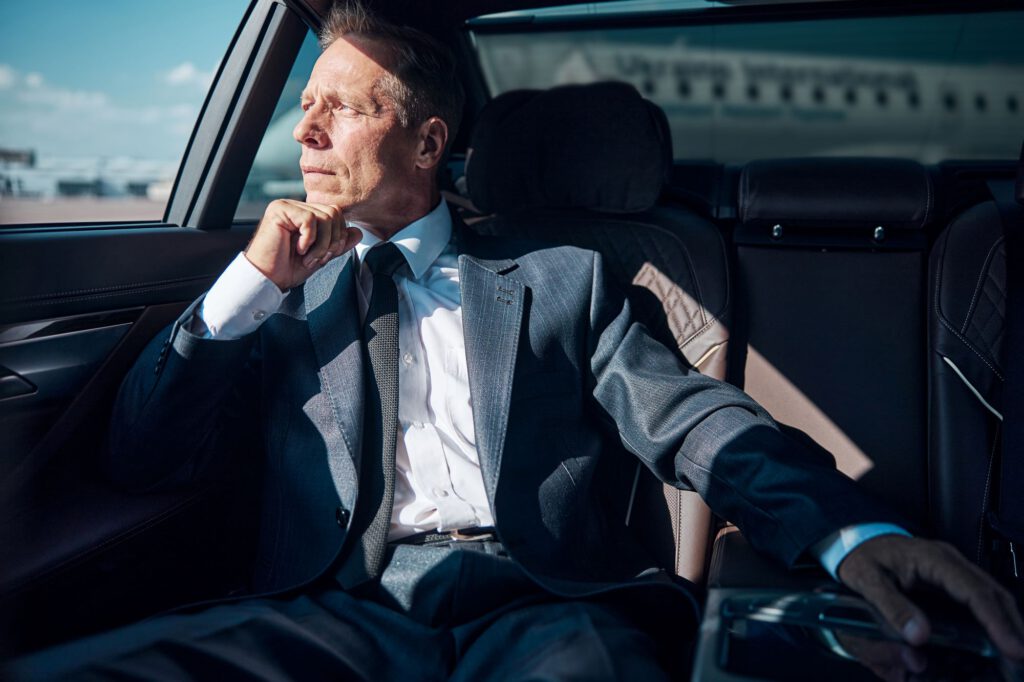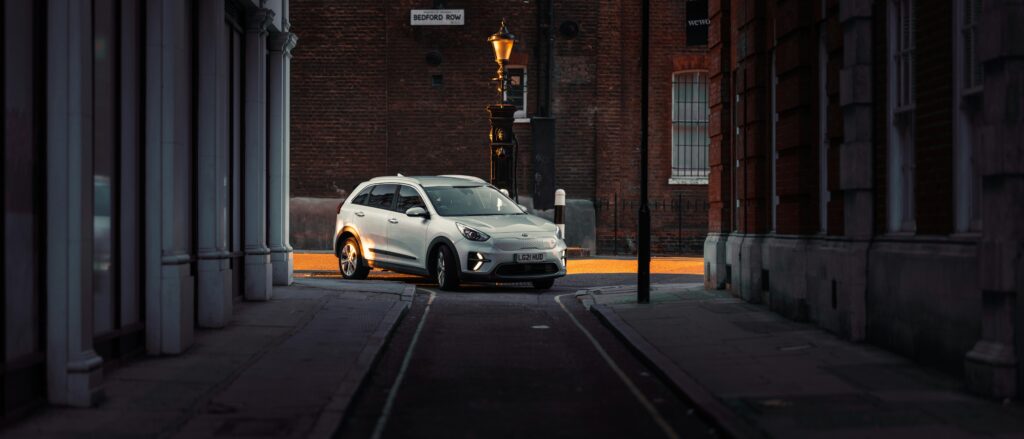Secure order and payment
21. 03. 2023
Registering Your Historic or Classic Vehicle With the DVLA
Have you recently bought a classic or historic car in the UK? Unsure about how to register your vehicle with the DVLA so you can drive your vehicle legally?
This blog post will cover all you need to know about registering your classic car with the DVLA. You will discover how to register your vehicle with its original registration number, what documents you need to provide when requesting to register your vehicle with its original registration, and you will learn about how to register a reconstructed classic vehicle.
Want to know what the DVLA is? Need to know more about registering a new vehicle with the DVLA? Looking for information on how you can legally drive a foreign registered vehicle in the UK? Click these links to find out more.
How to Register Your Classic Vehicle
If you own a classic car that has not been taxed since 1983, there is a possibility that it is not registered with the DVLA. If this is the case, you should follow the instructions in our previous blog or the GOV.UK website on how to register a vehicle with the DVLA for the first time.
In some cases, you may wish to register an old vehicle under its original or historic registration number. This may be because it has never been registered with the DVLA before, or because your vehicle has a historic / age-related registration plate.
In order to register a classic vehicle with its historic registration number, you will need to follow the steps on the New Registration page of the GOV.UK website, and then:
- Fill in an application to register a vehicle under its original registration number (form V765)
- Have the V765 endorsed by a classic vehicle owners’ club
- Provide a recent photo of the vehicle and documentary evidence that links it to the original number, for example the original log book
You should then send the forms and additional information to:
K and R DVLA
SA99 1ZZ
After you have applied, the DVLA will issue you with a VC5 Certificate / Log Book for your vehicle and give you either:
- The original registration number for the vehicle
- An age appropriate registration number for the vehicle
For more information on when you can and cannot transfer these registration numbers to another vehicle, click here.
Registering a Reconstructed Classic Vehicle
It may be the case that you wish to register a classic or historic vehicle that consists of replacement or reconstructed parts, for instance if you have constructed your car at home from different parts, or made extensive modifications to the original design. If your vehicle has been reconstructed from parts older than 25 years, and you wish to register it with the DVLA, you should follow the steps on the New Registration page of the GOV.UK website, and then include the following with your application:
- A written report from the appropriate vehicle owners’ club
- A completed V627/1 form (Built Up Vehicle Inspection Report)
- Evidence of type approval, if necessary
- Official receipts for any parts used
If you are wanting to register your reconstructed classic vehicle with a historic or age-related registration number, your vehicle and the parts you have used to reconstruct it must meet the following guidelines. Your vehicle must be:
- Built from genuine period components from more than one vehicle, all over 25 years old and of the same specification as the original vehicle
- A true reflection of the marque
The appropriate vehicle owners’ club for the vehicle type (‘marque’) must inspect the vehicle and confirm in writing that it:
- Has been inspected
- Is a true reflection of the marque
- Is comprised of genuine period components all over 25 years old
Manufacture dates for the major components used in the reconstruction of the vehicle must also be supplied. The DVLA will then assign an age-related registration number to the vehicle based on the youngest component used in the reconstruction.
It should be noted that the DVLA will not provide an age-related registration for your vehicle if it is composed of any new or replica parts. This is important to note if you have extensively modernized your car using new parts. For instance, if the body of the car is from a classic car, but the engine is a new, more powerful engine than the original car design. Instead your vehicle will be awarded a ‘Q’ prefix registration. For more information on ‘Q’ registration numbers, click here.
Are you thinking of taking your classic vehicle abroad? Vehicles usually require a Certificate of Conformity which is only available for a vintage vehicle direct from the manufacturer. A Certificate of Conformity shows that the car has been manufactured to the same standards of the new country. For historical or classic vehicles, this cannot be proven as the vehicles were often manufactured a long time ago.
As a result, if you need a COC, you will have to liaise directly with the manufacturer who may be able to provide you with a document to replace the COC.
If you are taking a modern car into another country, you will likely need a Certificate of Conformity to register it. EUROCOC are the market leaders in COC mediation for modern cars, and we work between you and the supplier to get the documentation you will need on your behalf.
If you need to get a COC for a modern vehicle, we can help you in a few simple, and easy-to-follow steps. Just click here to get started!











